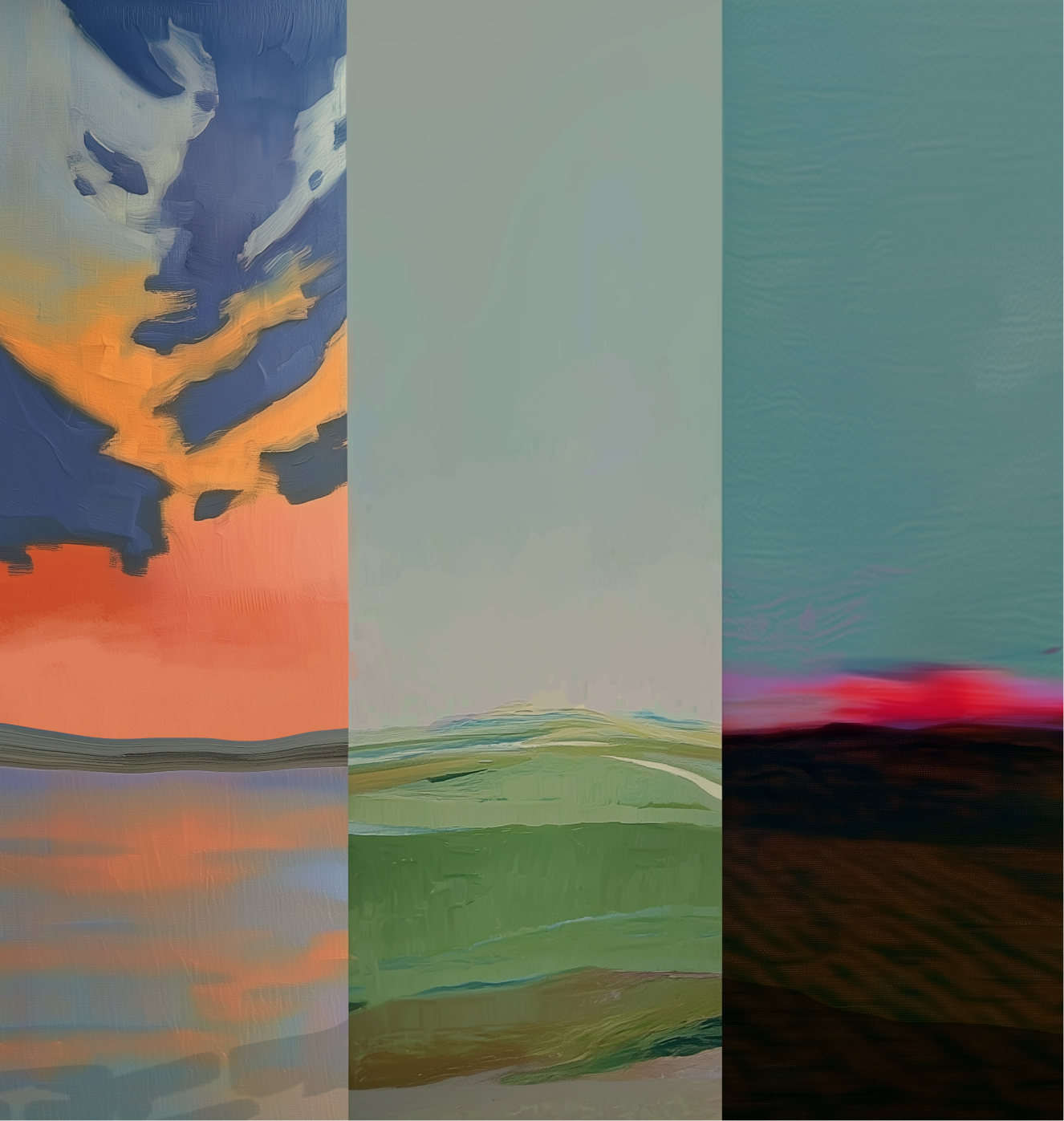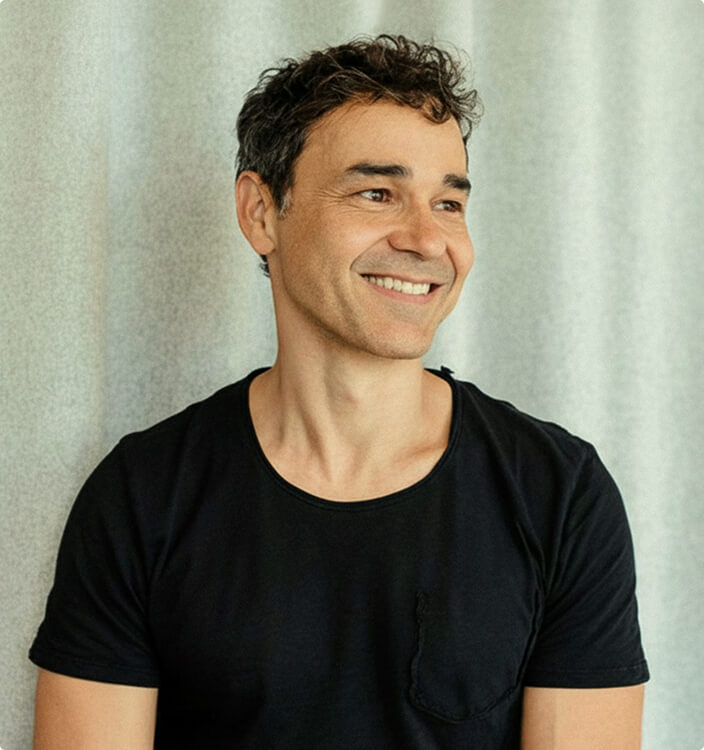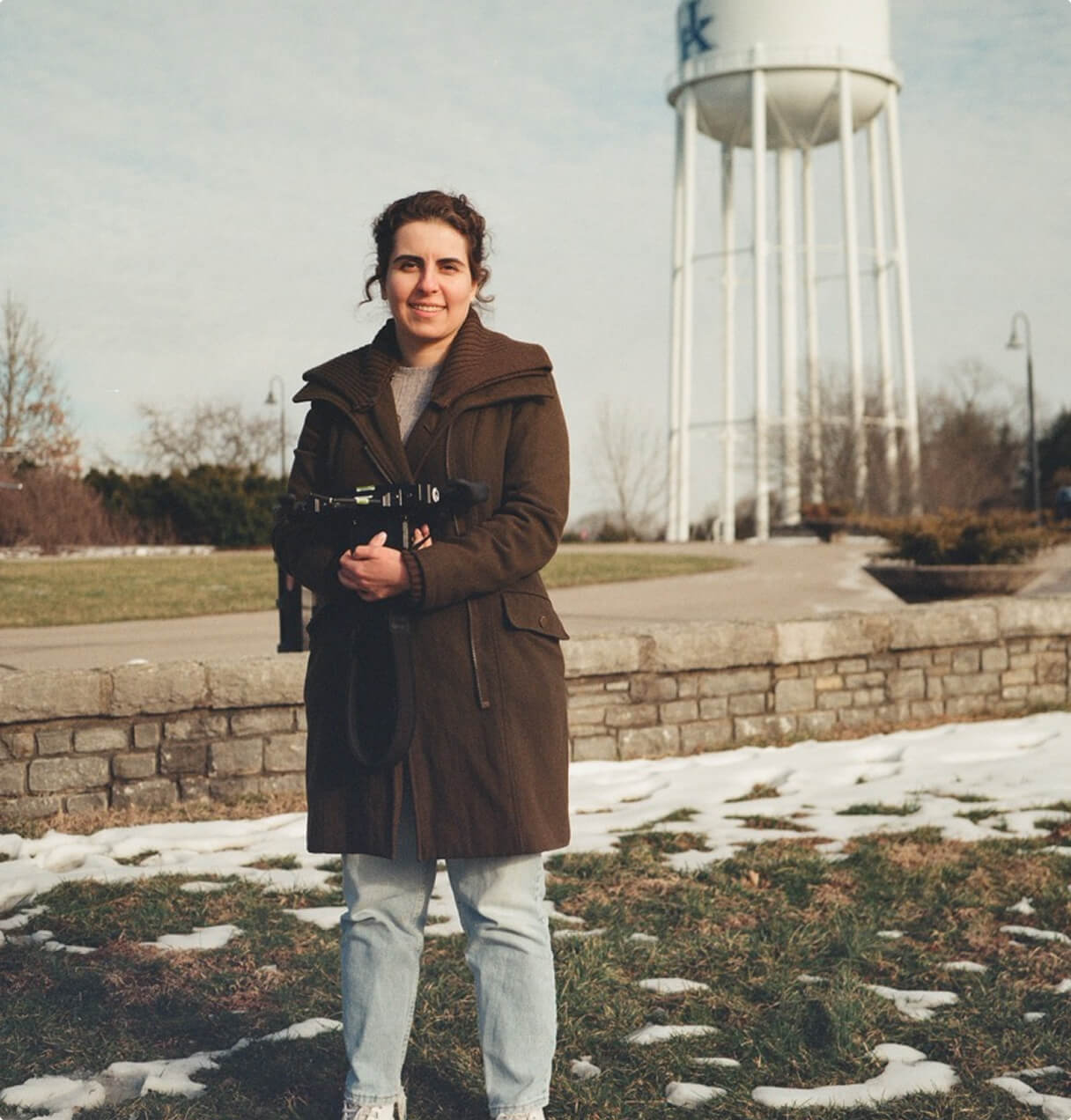AJ Kimbembe
AJ Kimbembe
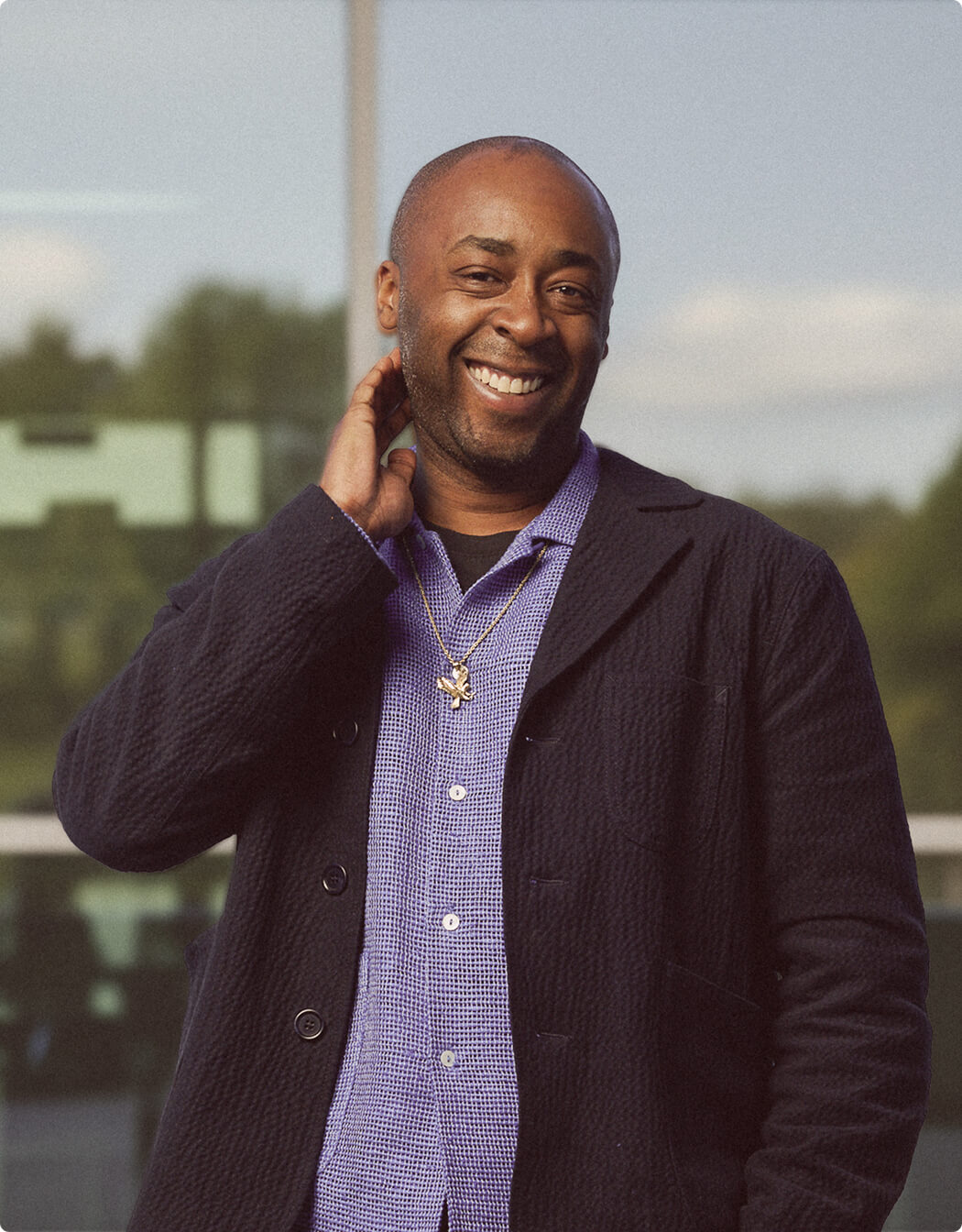
For AJ Kimbembe, design is more than a lifelong career goal — it’s a way to shape human experiences, solve problems, and create intuitive connections between people and technology. Beyond his professional achievements designing for mobile and emerging form factors, AJ’s kindness and commitment to fostering the next generation of designers shine through his nonprofit design studio, where he mentors and inspires students to realize their own creative dreams.
How would you describe your job and what you do?
I’m a designer. I know there are usually additional qualifiers appended to the job to help make it more specific, yet I prefer to keep it at that. It helps me remember that I don’t have to try to fit myself and what I like to do into a neat and tidy little box. I typically carve what I do into 4 main quadrants:
- Vision & Strategy: Shaping current and future work
- Execution & Delivery: Solving complex problems, collaborating with partners across functions
- Design Excellence: Ensuring outstanding design quality
- People & Culture: Building teams and contributing to internal and external communities
How did you first become interested in design and what motivated you to pursue it as a career?
I’m one of those people that always knew what they wanted to do from a young age. I’ve always wanted to become a designer although for most of my schooling, it never really seemed like a potential career path. Luck and supportive family helped me eventually find my way to design school.
What educational background or training do you have that has helped shape your skills?
I studied in France, where I was born and raised. I have a master’s degree in Design, another master’s degree in Engineering of VR & Innovation along with a bachelor’s degree in Material Science & Engineering. Unrelated academic credentials accumulated along the way on my journey towards design.
“We design for people. Although we set success metrics… we’re only truly successful when we’ve meaningfully moved the needle for the people using our products.”
AJ Kimbembe, Designer at Microsoft AI
What are you currently working on?
I’m part of Microsoft AI, on a team expert with designing for mobile, along with novel or less common form factors. We work closely with OEMs (Original Equipment Manufacturers), co-imagining seamless ways we can bring Copilot to whatever context people are and whichever device people use.
Can you share an overview of your role as a Designer and how it specifically relates to Microsoft AI?
MAI is one of Microsoft orgs specifically dedicated to building products primarily indexed on solving people’s needs as opposed to a more Enterprise focus. As designers, a huge part of our job is to understand who the people are we are designing for, what problem they experience in their daily lives and how what we collectively design can help them. At MAI, we constantly do our best to figure out how to lead the organization’s product and feature development all while staying focused on the needs and problems of the people we design for.
What role do user feedback and usability play in your process? How do you incorporate feedback to improve your work?
We design for people. Although we set success metrics at the onset, we’re only truly successful when we’ve meaningfully moved the needle for the people using our products and getting feedback and conducting usability studies are some of the ways we get signals that we’ve moved the needle. For the feedback we gather after building, we use it to refine the product, evolve the features, clarify or simplify interactions.
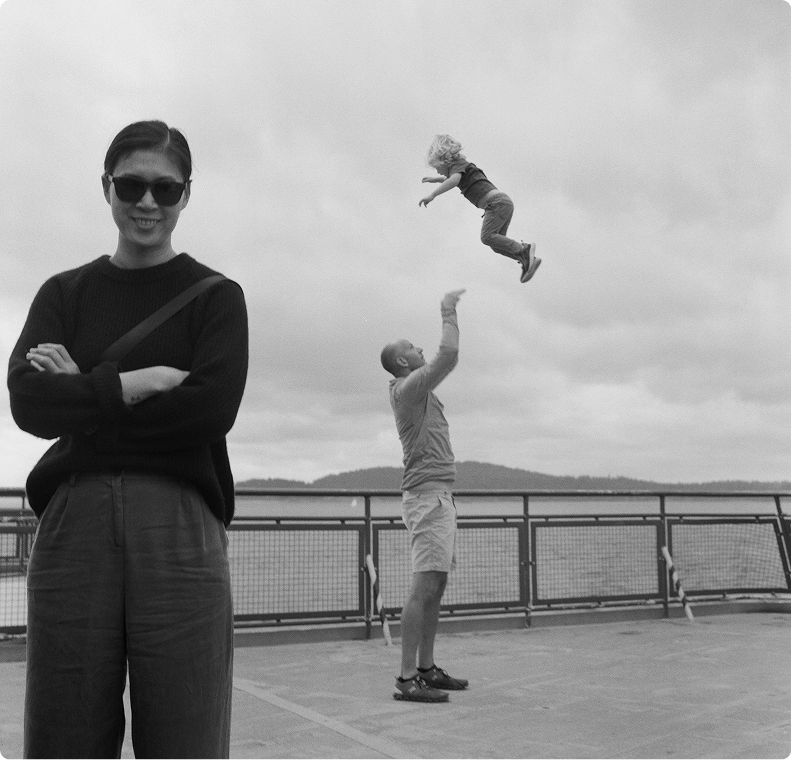
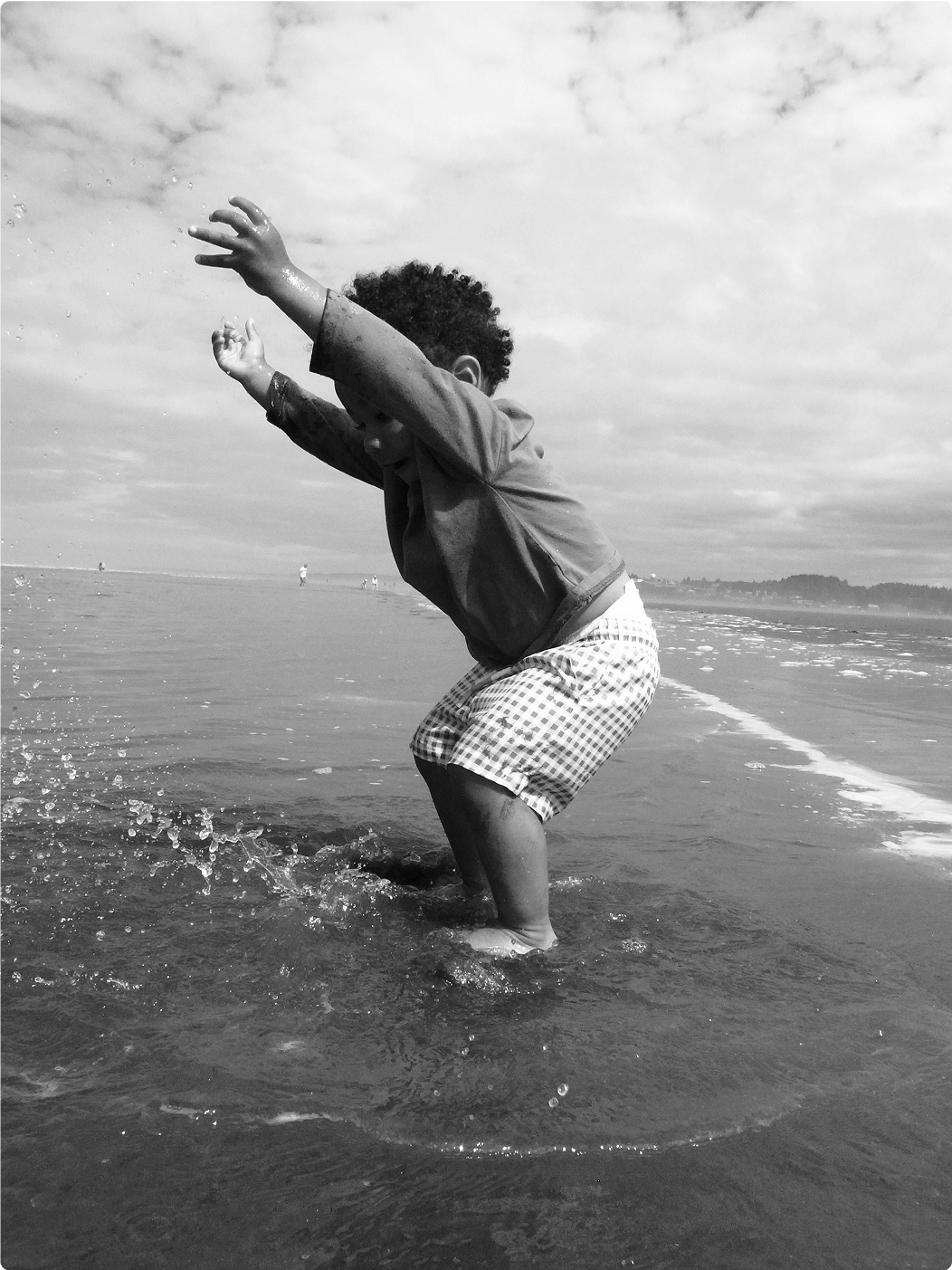
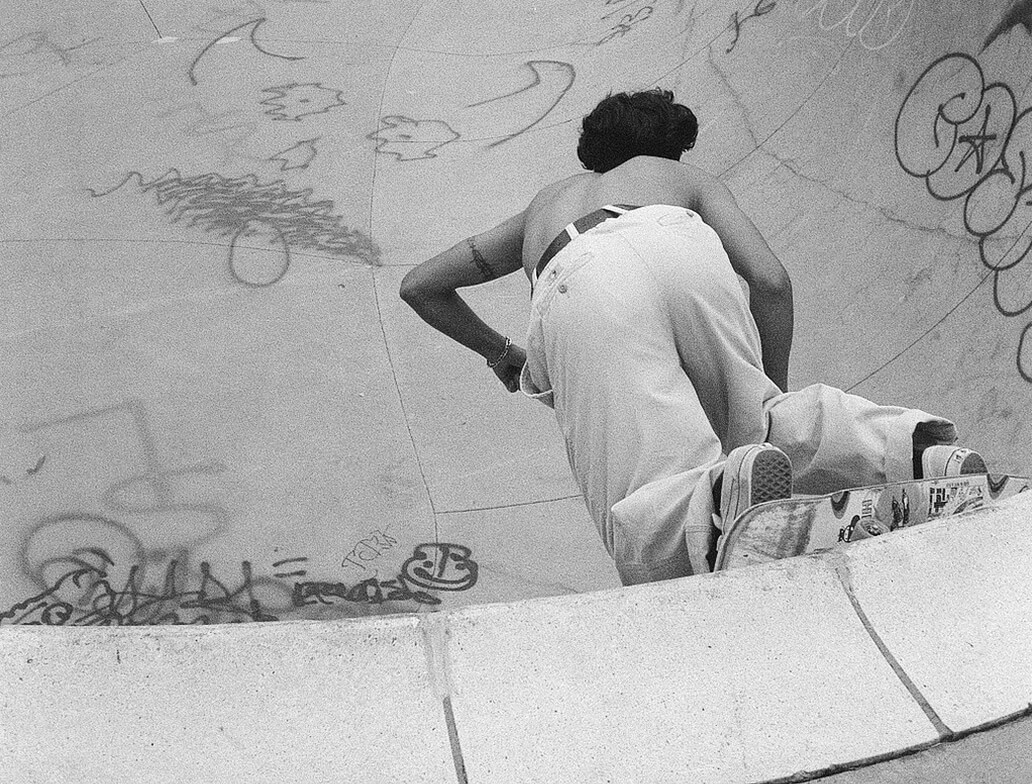
With the introduction of AI, what changes or shifts do you anticipate within the industry?
That’s a fantastic question, one that I’m actually quite excited to investigate the answers to in the coming years. In my opinion, Gen AI offers a lot of promises, some of them may take a longer time and additional technological breakthroughs to fulfill than others. Even then, Gen AI has transformative potential already today when it comes to human-machine interfaces (HMI). With it, the bar for people to get computers to do their bidding can be considerably lowered, along with the bar for performing complex, cross-program tasks with a computer: “If you can spell it, you can do it”.
Natural language, spoken or written, is powerful for compound actions, combining the capabilities of several services and/or simultaneously accessing information from several repositories of data. Advanced natural language processing unlocks “conversation-as-a-UI”: allowing interactions with general computing devices to start to resemble human-to-human interactions, lowering the skills required to perform complex, computer-aided tasks. It also opens the door to what I call “supercharged automation”, where automated functionalities in a computer’s operation use models that are also shared with humans, enabling capabilities for human-readable inferences, compound actions and automated-yet-inspectable decision making. It can also enable more statefulness and for general computing devices to augment a person’s memory through operating using conversational models for relations to people, places and things. There’s so much more to talk about on the topic, but it’s better done with a snack and coffee.
How do you stay updated on current tech trends and emerging practice?
Following the work of brilliant designers, agencies and companies is my preferred way. Talking with other folks in our industry is also something I love doing. I also am the co-founder of a non-profit design studio, where I work with students to help them connect with industry talent and craft projects for their portfolio. It’s such a nourishing, inspiring experience every time and it definitely forces me to keep up with current and emerging trends
Looking back at your journey, what advice would you give to aspiring designers who are just starting out on their own path?
I don’t feel like I have much advice to give. Hard work, curiosity and credentials sure help, but in all honesty, I’ve been incredibly lucky so many times along the way and I’ve had many kind people help me and root for me on my journey. Luck is beyond the things one can truly control but being ready to seize the opportunity when luck strikes might be how the most unique opportunities can happen. I believe in kindness, I believe in lifting others, I believe in sharing and collaborating as things that may help create opportunities for luck to strike.

